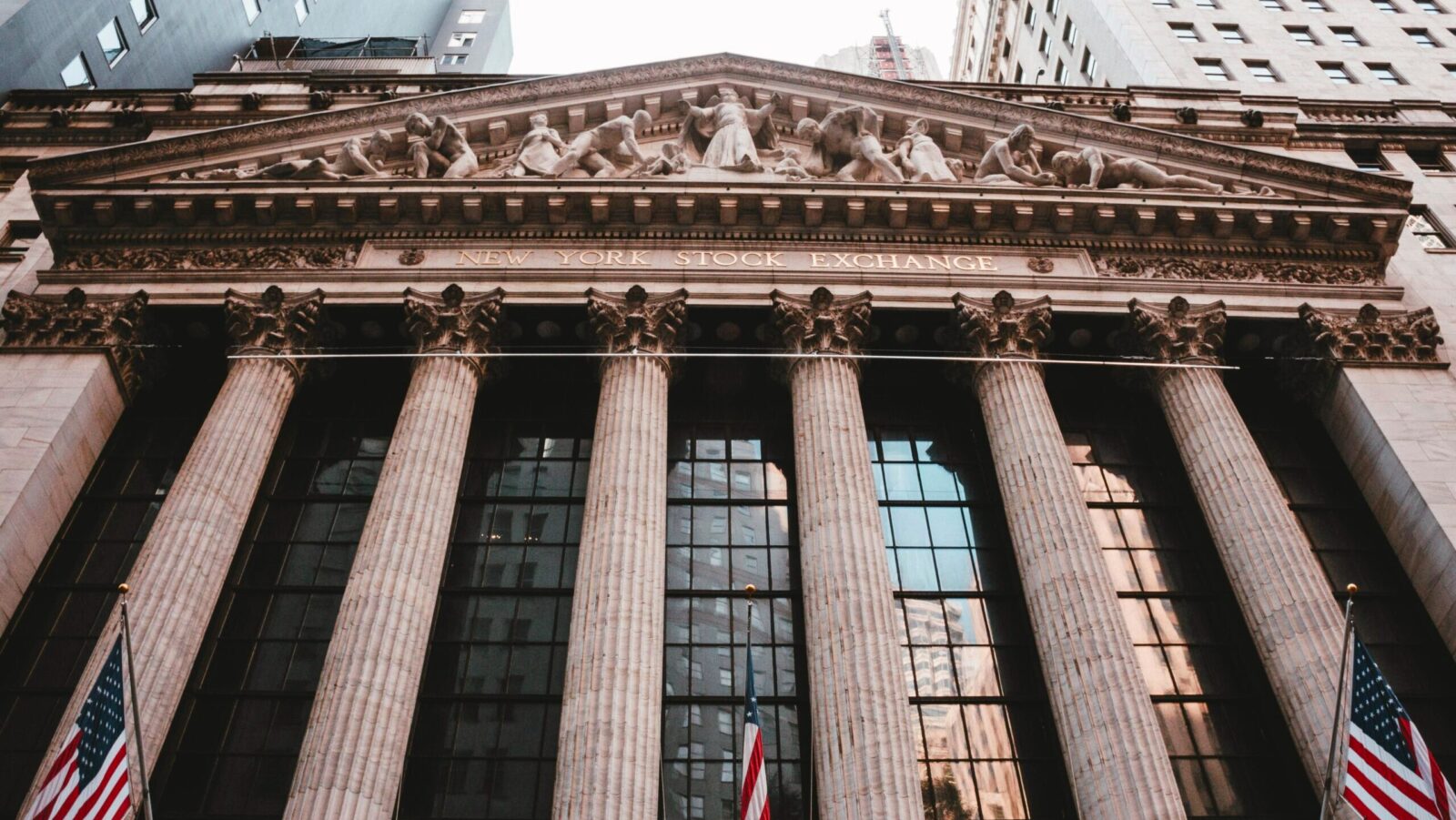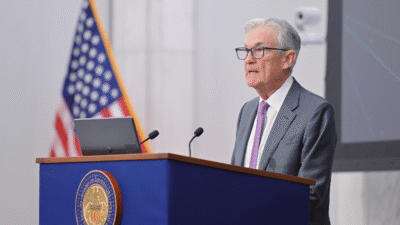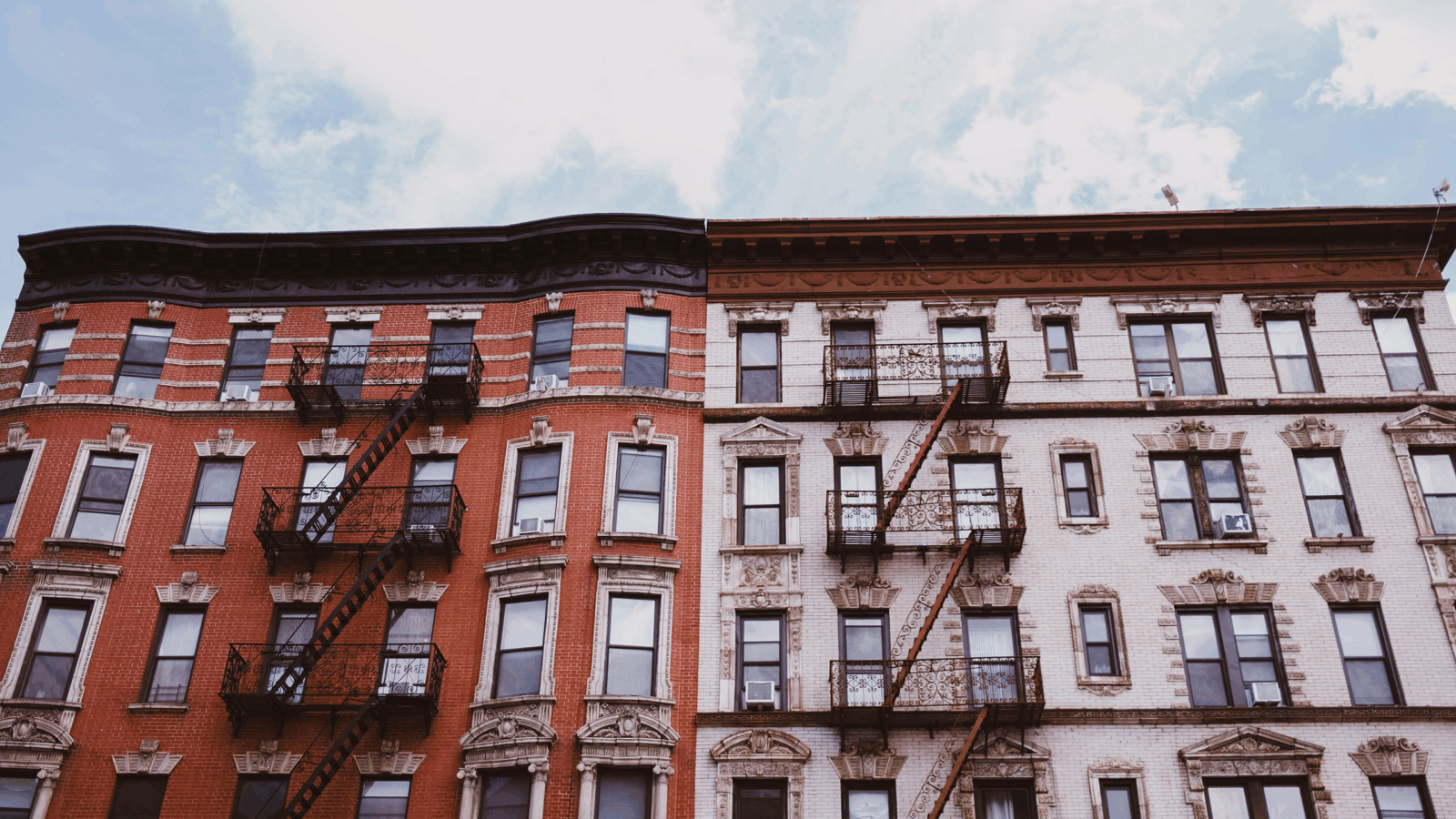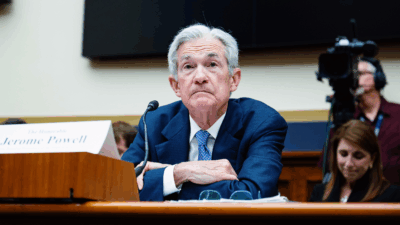
Sign up for smart news, insights, and analysis on the biggest financial stories of the day.
The US economy is in much better shape than just about anyone could have imagined. So why is the homelessness crisis worsening?
The homelessness rate has jumped by roughly 11% this year from a year ago, according to an analysis of data from 300 local and regional organizations published Monday by the Wall Street Journal. The alarming stat marks the largest single-year jump since the government started tracking comparable numbers in 2007.
A Growing Problem
In cold, hard figures, the WSJ found that more than 577,000 people are currently homeless in the US. That’s up from a decade-low of just under 550,000 in 2015, according to Department of Housing and Urban Development point-in-time estimates. To put it in perspective: HUD estimated that roughly 643,000 people were homeless on any given night in 2009, following the financial crisis. That figure slowly declined until 2015, after which homelessness again began to steadily climb. In 2019, homelessness increased by 2.7%, the largest year-over-year increase before this year.
Still, the striking jump in abject poverty stands in contrast to positively trending economic sentiments. In a recent survey of consumer expectations conducted by the New York Federal Reserve, perceptions “about households’ financial situations improved in July with more respondents reporting being better off than a year ago and fewer respondents reporting being worse off; forward-looking attitudes were similarly optimistic. In effect, more Americans believe they’ve weathered the worst of inflation and associated pandemic-era fallout. But for the least fortunate, rising housing costs and the end of pandemic-era protections such as eviction moratoriums have worsened their plight:
- According to data from the Eviction Lab, a Princeton University research group that tracks more than 30 US cities, most cities have reported more eviction filings this year through June than pre-pandemic averages.
- Advocates say rising housing costs bear the most blame. In nearly every major US metro area, according to another recent WSJ analysis, a rise in housing costs far exceeded overall CPI increases; in Phoenix and Tampa Bay, median rent jumped roughly 25% year-over-year in February.
“The Covid-relief funds provided a buffer,” Donald Whitehead Jr., executive director of the National Coalition for the Homeless, told the WSJ. “We’re seeing what happens when those resources aren’t available.”
Supply and Demand: A simple lack of housing stock is a big culprit. The US is short roughly 3.8 million units of housing, including both for-rent and for-sale, according to recent estimates from Freddie Mac (others estimate this figure to be far higher). Meanwhile, the median home price is roughly $419,000, according to Redfin, or about 40% higher than the pre-pandemic January 2020, with nearly 40% fewer homes for sale compared to just five years ago, Redfin also found.











